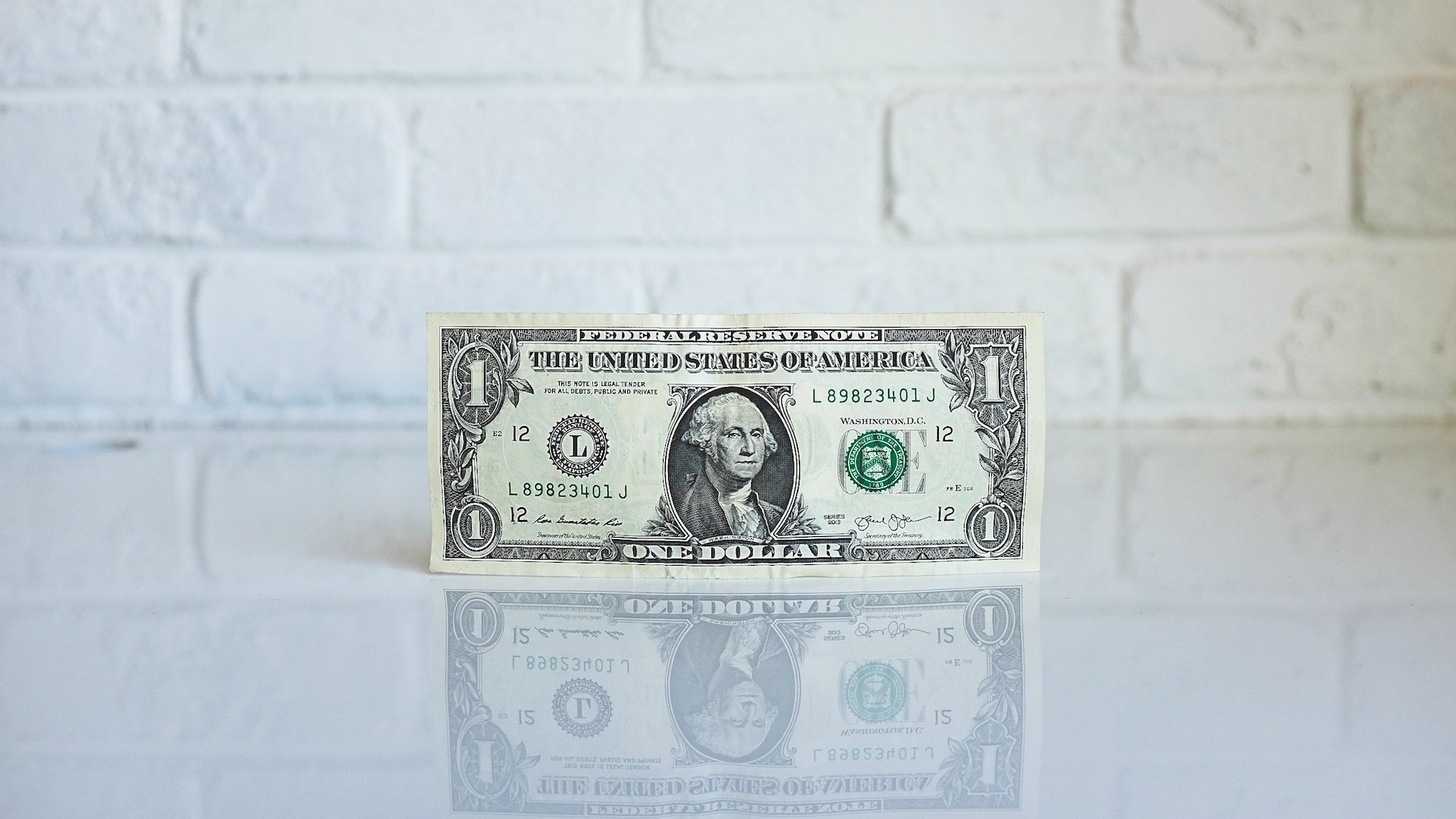
Cosmetic Surgery Business: Are You Breaking Even?
Is your practice breaking even?
By reading this article, I assume you either run, own, or work in a cosmetic surgery practice. Therefore, let me ask you a question. What percentage of your office hours are your lasers, peelers, and liposuctors in use? Second question, do you know the financial impacts of those machines not being in use? Lastly, how can Lemod be of service?
Intro
In this article we are going to talk through a simple, yet proven method to determine your breakeven points. It will help you measure the performance of your equipment and its financial impact on your cosmetic surgery practice. If it appears painfully simple, that’s because it is. By observing your basic performance metrics, you can optimize ‘how’ and ‘where’ you focus your resources.
Data Analysis
First thing’s first, expenses. Revenue – Expenses = Profit. Understanding your expense data as it relates to equipment services for your cosmetic surgery practice is necessary to make data-driven decisions. In fact, most major healthcare outfits, to their dismay, cannot accurately calculate the cost of a single procedure because contributing factors are so variable and complex. However, for your lasers, peelers, and liposuctors the fundamentals are straightforward: labor, equipment, warranties, and real-estate. Although real-estate is a fixed cost, including costs per square foot may potentially provide valuable insights on opportunity costs.
Example: Laser Z
Expense calculations are based on 2018’s 2088 working hours and 22 average working days per month. As a side note, an educated aguess on these figures is all that is needed to get started. Here are our example expenses:
- Labor is the expense of personnel directly involved with the operation. For this example, we have one aesthetician we are paying $50k/year.
- Laser Z cost $500k and we are going to pay it off over 5 years.
- For rent, we will use 100ft2 of a 1000ft2 office space that costs $60,000/year.
| Expenses | Per Day | Per Month | Per Year |
| Equipment | $378 | $8333 | $100,000 |
| Warranty | $364 | $8000 | $96,000 |
| Labor (1 aesthetician) | $189 | $4167 | $50,000 |
| Real Estate (100 ft2) | $23 | $500 | $6,000 |
| Total Expense | $954 | $21,000 | $252,000 |
Let’s assume that Laser Z earns approximately $250 per 30 minute session for your cosmetic surgery practice. If your machine uses $50 of material per session, that reduces your session’s earnings to $200. Now we can do some simple math to determine your breakeven point. That simply means, how many sessions does Lazer Z need to perform to not lose money?
| Laser Z Breakeven | Per Day | Per Month | Per Year |
| Sessions Required | 5 | 105 | 1260 |
| Total Earned | $1000 | $21,000 | $252,000 |
Summary
That’s it! Of course you can always add complexity, but just having visibility of these metrics makes it significantly easier to set goals and analyze what marketing approaches are working, or not working. Furthermore, if Laser Z is only averaging 2 appointments per day, it should be obvious what to do next. Also of note, you might be thinking that the aesthetician’s salary may not be completely dedicated to Laser Z. However, if we were to also run a breakeven report on the aesthetician’s other machine Peeler X, for example, we would assess her salary in aggregate. In a future article, we’ll go into further depth on this topic discussing the theory of constraints.
Conclusion
In closing, Lemod is a turnkey loyalty platform designed to increase return and referral business. The platform allows practices to look at their data over time and understand how services are performing. Most importantly, Lemod empowers practices to run short-notice loyalty promotions for equipment that will go unused, e.g. “50% off CoolSculpting for 1 Gold Member on 24 March at 2:30PM.” These tactics will help increase equipment use, empower loyal patients, and move the needle in underperforming areas.
Post a comment
You must be logged in to post a comment.


